I want to select raster cells that are within a certain distance (for e.g. 1 km or 5 km) from the boundary of a polygon. I ultimately want to take an average of only those raster cells that are within the specified distance from the boundary of shapefile inwards.
The way I thought I would approach is to create a negative buffer inwards, and subtract the original polygon and the buffer. Then mask and crop the raster using the new polygon and take the average.
Here's sample data demonstrating what I want to do.
library(raster)
# raster
r <- raster(xmn=1035792, xmx= 1116792, ymn=825303.6, ymx=937803.6, resolution = 12.5,crs = "+init=epsg:3174")
r <- setValues(r, 0)
# polygon
x <- c(1199999, 1080000, 1093067, 1090190, 1087977, 1070419, 1180419)
y <- c(957803.6,937803.6, 894366.9, 872153.9, 853703.0, 825353.6, 805353.6)
poly.lake <- SpatialPolygons(list(Polygons(list(Polygon(data.frame(x,y))), ID = 1)))
r <- mask(r, poly.lake)
r <- crop(r, poly.lake)
plot(poly.lake)
plot(r, add = T)
Instead of taking average of the resulting raster r, I only want to average raster cells which are within a certain specified distance from the boundary.





